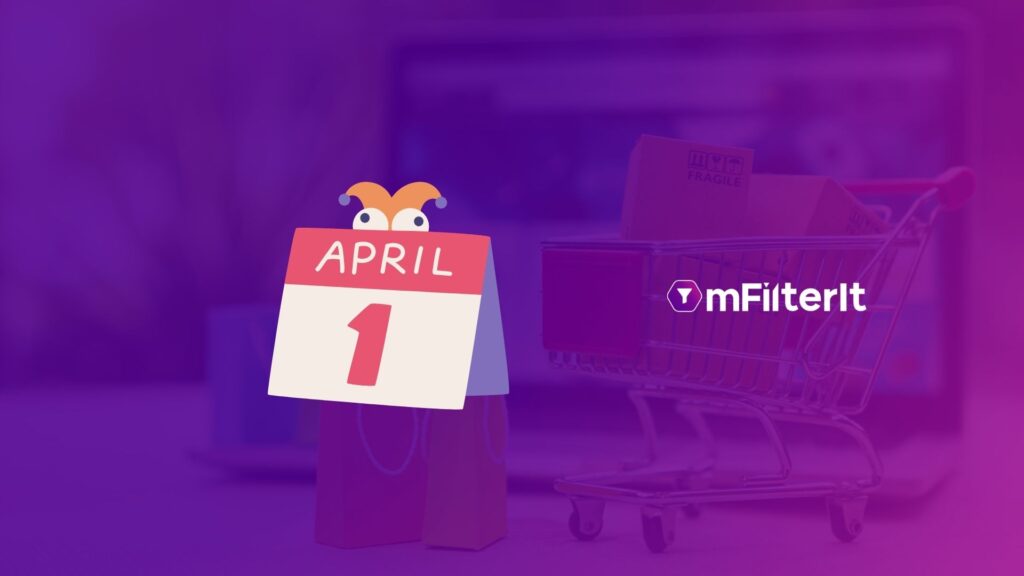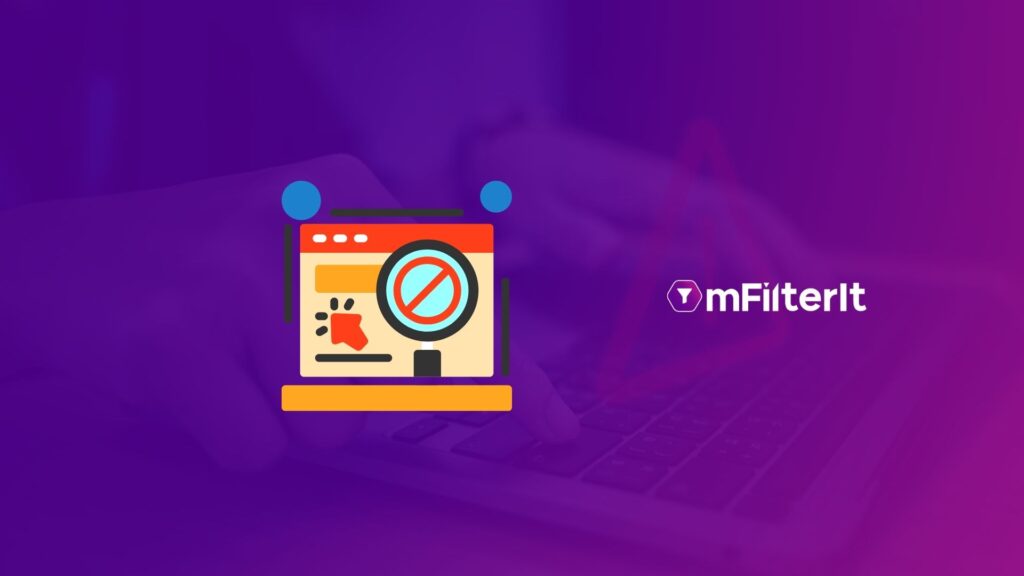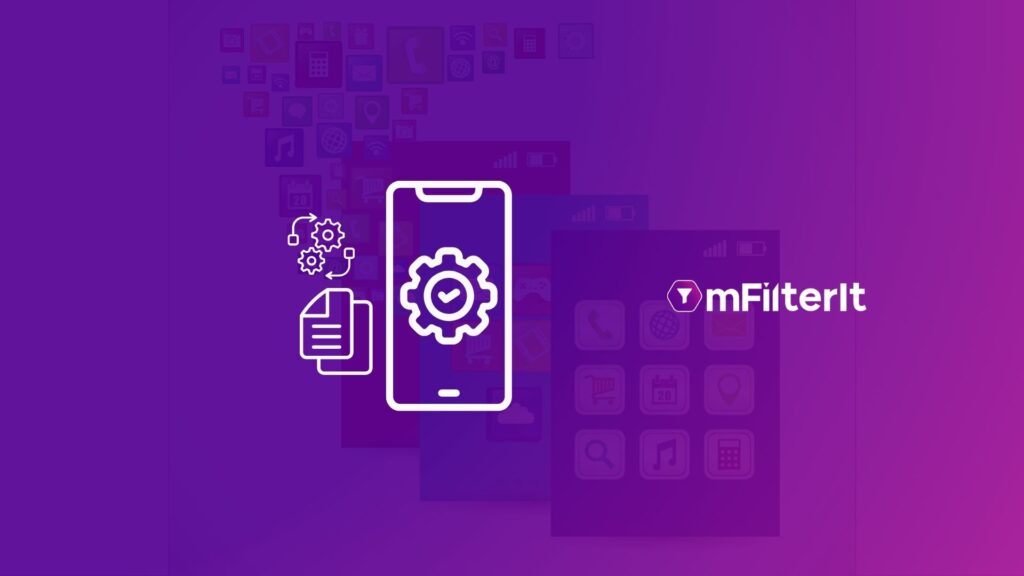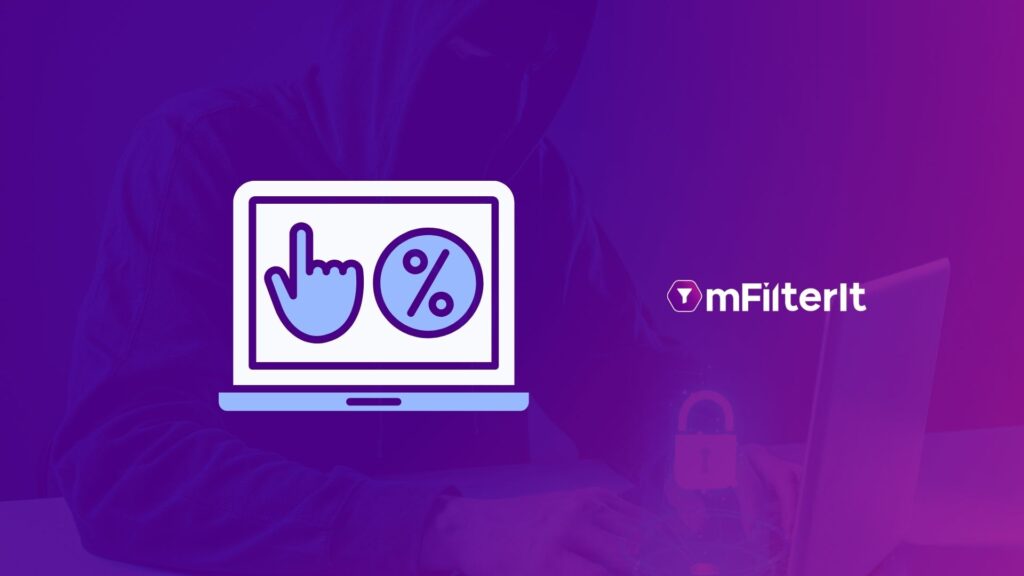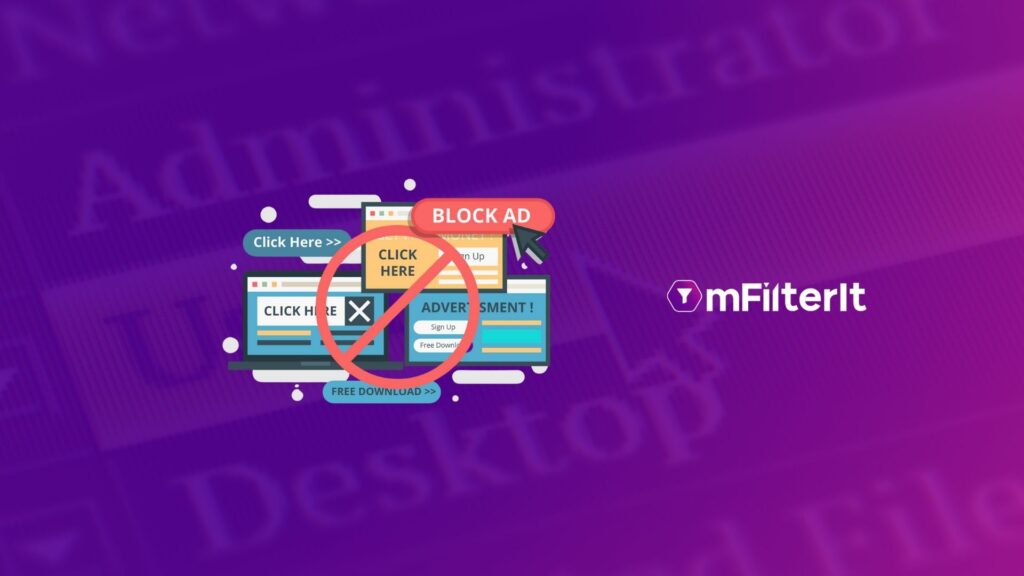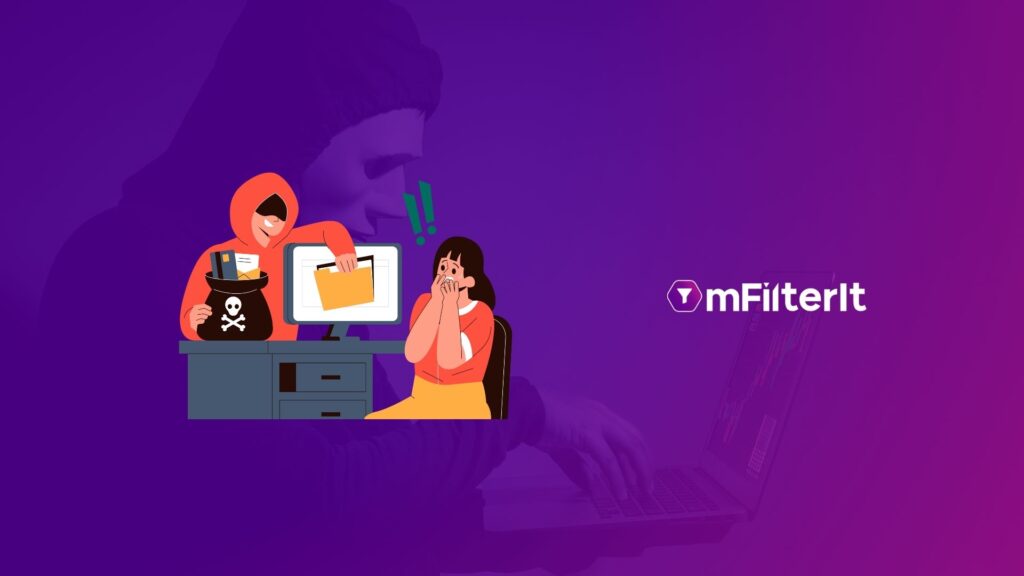What Consumers Expect from eCom Brands During the April Fools Month?
Customer engagement is at the top of the list for all brands. April is the perfect month to share some laughter with your customers and get to know them even better. Brands also use social media, outdoor advertisements, and other means to capture the eyes of new consumers as marketplaces become highly competitive. eCom brands have often witnessed massive sales during April. According to a source, the sale of non-food items in eCom stores grew by 21.1% in April 2016, whereas the Jan-March incurred an overall growth of 8.2%. In addition, another source stated that the eCom store’s traffic surpassed Black Friday sale traffic every day in April 2019. As per Adobe’s digital economy index, eCom sales were boosted by 49% in the U.S., compared with Jan-Mar 2020, before the restrictions of shelter-in-place. This report also stated that grocery sales on Instacart reached nearly $700 million in sales by the end of the first two weeks of April. Holy Moly! The surge in traffic and boost in sales was certainly a game-changer for brands. However, their attribution could go to the change in consumer behavior during the month. For example, consumers often search for gift or prank options on eCom stores during April fools month. Therefore, brands often try to provide the most suitable choices to their consumers during festivities or occasions. So, consumers often expect the following from eCom brands during April: 3 Things Consumers Would Expect from Brands in April More Mischievous Recommendations Consumers would undoubtedly expect product recommendations from brands just like any other day. However, they would want pranking, jokes, or humoring products, especially during April. Brands that offer the best mischievous recommendations would undoubtedly attract a goofy customer base, and the majority of them would engage with brands wholeheartedly. Even if consumers buy FMCG products, a laughable message card or coupons like “Haha” offering a discount would undoubtedly increase their loyalty to the brand. Bulk Availability of Foolish Products Gifts can be for an individual or a group of friends. On April fools day, people are more likely to spread laughter or pranks with more than one person. Therefore, consumers in eCom stores are likely to seek products with higher availability in their pin codes. Unavailable will cause a severe blowback to the brands, as consumers would find alternate options or eCom stores for making online purchases. Sponsored listings that meet the criteria of such consumers will also become favorable towards higher SKUs. Honest Response to Sarcastic Reviews and Ratings Brands should not become weary in the presence of higher sarcastic reviews or ratings that don’t match the review, as consumers are likely to plat it as a prank. At the same time, consumers would expect a swift response from retailers or brands on the reviews if it is not a prank and an honest review with a mistaken rating. Consumers checking product reviews and ratings are likely to read such reviews and make the final buying call. Therefore, brands are expected to provide a much more engaging response than “we are sorry to hear, or your concerns are duly noted,” Scaling the Business with mScanIt As mentioned before, April is a month for scaling business every day. Therefore, it requires a solution that can present a real story of the consumer sentiments, deep-dive into real-time insights, and provide accurate results across different eCom stores. mScanIt covers all such areas and more by offering analytics daily, weekly, and monthly basis. Moreover, it is the best eCommerce Competitive Analytics solution because it provides deep-dive into pricing insights, share-of-shelf, SKU availability, etc., which would come in handy even after the April fools month. Businesses across continents use the solution for mapping their and competitor products across eCom stores, pin codes, and cities. Conclusion April fools month is not just a business opportunity but also a chance for brands to increase engagement with their consumers. Moreover, customers expect eCom brands and retailers to bring exciting products, recommendations, sponsored listings, etc., on marketplaces like Amazon, Flipkart, Big Basket, etc. On the other hand, meeting the increasing consumer demand is one of the objectives of an eCom organization. Therefore, scaling the business would require a solution that can deliver meaningful insights and trends with peaking accuracy. mScanIt is the aptest eCom Competitive Analytics solution that can meet these requirements. So make your brand appointment with us to learn more about mScanIt.
What Consumers Expect from eCom Brands During the April Fools Month? Read More »

